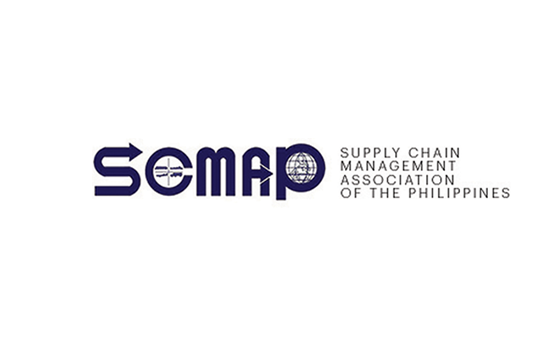We would usually publish our column looking back at the past year for SCMAP around this time. But, really, we don’t need to look back. That implies something has already passed. You might have heard some people joke that it’s still March rather than December; despite the visible signs of progress in the fight against COVID-19, we still seem to be in a state of stasis. We remain uncertain of what lies ahead. We believe we’re a little more clear on what “new normal” means, but the more we think about it, the more incomplete our vision is.
2020 definitely seemed to be a year of interrupted potential. I remember entering the year thinking about increased investment in our logistics facilities and infrastructure, with foreign and local conglomerates continuing to enter the space. Understandably expansion plans had to be put on hold as we dealt with the pandemic. (However, news of private equity firm CVC Capital picking up a 40% stake in the Fast Group—valued at US$124 million—could point to a picking up of the pace on this front.)
On the flipside, crises like the one we’re living through have been a shining moment for the supply chain sector, providing a lifeline for businesses and customers alike. While our economy’s performance in the past few quarters has been dismal, the acknowledgment that logistics is critical has ensured that we haven’t plunged deeper.
Of course, there’s the pandemic accelerating adoption of e-commerce. We’ve only had one physical event this year—Supply Chain Outlook last February—where we tackled the potential for e-commerce in the coming years. The figures presented by DTI assistant secretary Mary Jean Pacheco were encouraging then; the pandemic has arguably brought us to those projections faster, as traditional retailers fast-tracked their online plans.
Still, we have not been able to act fast enough to cope with increased demands. The need for capacity and capability still lingers; the uncertainty surrounding the economy remains a hindrance. The coming year should bring more clarity, as we are now more than familiar with the landscape and have a little more space to move and expand. What was good enough in 2020 will be inadequate in 2021, and the challenge remains how to be on top of what our customers and principals want—and go beyond it, if possible.
The great thing about new years (if you’ll allow me to be romantic about it) is how we can apply the lessons of the past to take on the challenges of the future. We know—more than ever before, perhaps—that going digital is critical to staying competitive. We hope that efforts to bring our supply chain networks into the present (and future) continue in earnest in the coming months.
In particular, we hope that the government continues to commit to improving our Internet infrastructure, and guaranteeing easy and trustworthy online transactions with all government units and agencies.
We also know—also, more than ever before—that collaboration is important to getting things done. We’ve been talking this up for years, but we’ve seen it at work during the past few months, as the government and private sector came together to discuss how to keep supply chain moving during the pandemic, and keep it competitive as we enter the so-called “new normal.”
Take, for example, the DELIVER-e logistics platform which formally launched last week: led by DTI and the Department of Agriculture, with help from USAID and private sector partners like SCMAP, it seeks to connect farmers with businesses and address gaps in agricultural value chains. It’s a good start, and we hope more initiatives take off in the future.
Personally, I think the most important lesson we can take away from the times we’re living in right now is how we should work to make sure nobody is truly left behind. The pandemic has highlighted these inequalities in opportunities and access: we talk of e-commerce but not everyone has reliable Internet connection, or is able to access online payment systems, for instance.
In our rush to move forward from this state of stasis and embrace the “new normal,” we risk leaving behind those who are not in the best position to progress. Just look at the implementation of all-cashless payments along Metro Manila’s highways, and how it has disenfranchised drivers, businesses and cities alike.
We in supply chain are in a unique position to ensure that, as we connect our customers to their needs and wants, nobody gets left behind. Our suppliers, partners, and end customers have as much say as businesses in how our supply chains work. That is what we do, after all; respond to our customers’ needs, rather than impose our wills on them.
As we enter the new year, may the lessons of the past twelve months allow us not just to understand our situation better, but to work towards addressing gaps and inequalities and ensure that everybody can benefit from our work, ensure that we leave no one behind in these extraordinary times.
And, of course, we at SCMAP wish you a relatively stress-free Christmas and a healthy and hale and hearty 2021. We still have so much work to do, after all.
Henrik Batallones is the marketing and communications director of SCMAP, and editor-in-chief of its official publication, Supply Chain Philippines. More information about SCMAP is available at scmap.org.





